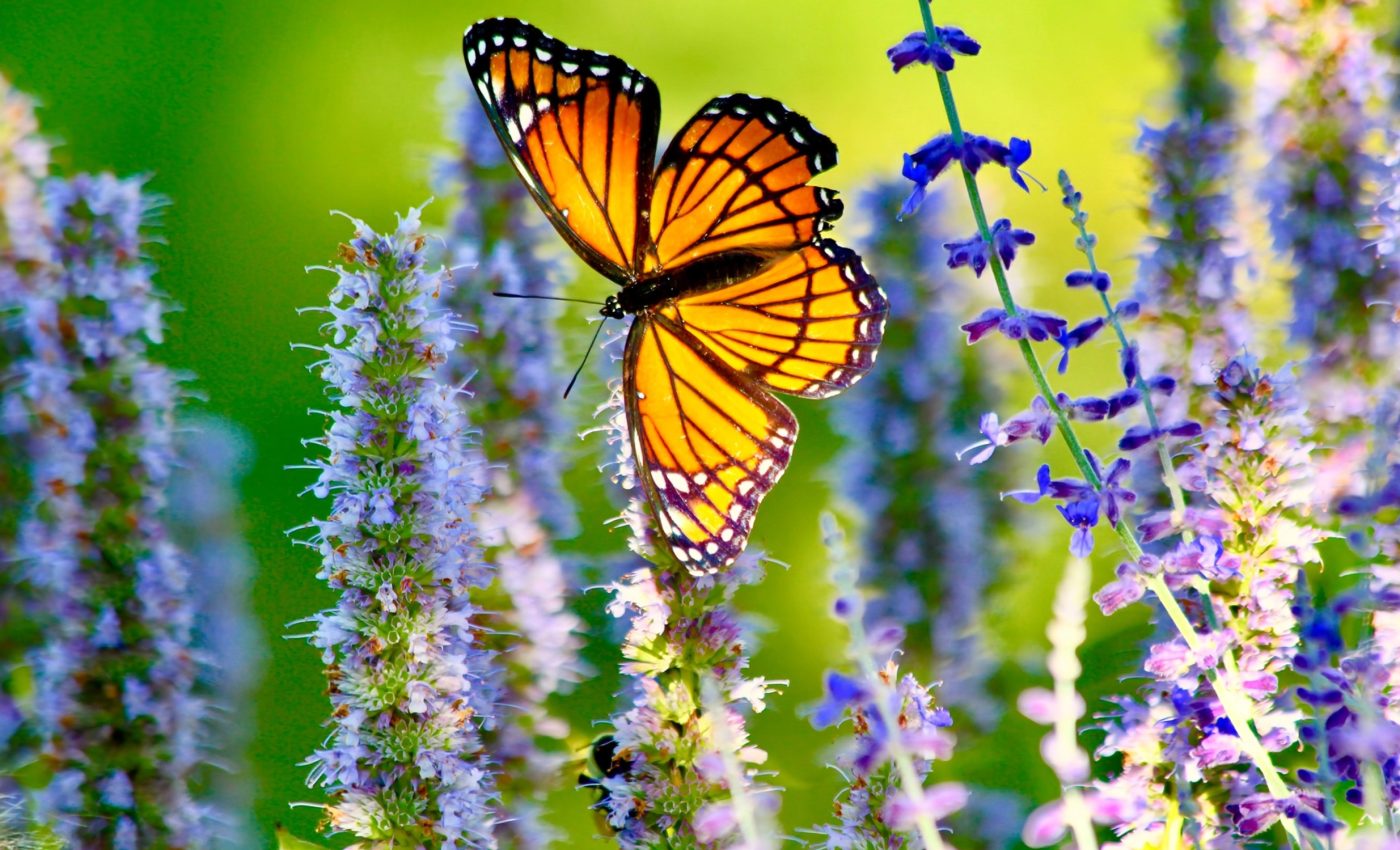
Creating new forests to assist monarch butterfly migration
The migration of the monarch butterfly is one of the natural world’s most impressive spectacles. Each autumn, a new generation of monarchs is born in the northern United States and southern Canada.
Massive monarch migration
Hundreds of millions then embark on a journey spanning between 4,000 km and 4,800 km to reach their overwintering sites in the high-altitude forests of Central Mexico.
These butterflies depend on the dense canopy of the sacred fir tree, Abies religiosa, for survival during the winter months.
However, climate change threatens this delicate balance. As global temperatures rise, the sacred fir forests that monarch butterflies rely on are predicted to move upward along the mountain slopes.
By 2090, these forests could reach the peak of their current habitat, leaving no room to migrate further up. As a result, it may become necessary to establish new forests outside their current range, such as on taller mountains to the east.
Assisted migration for monarchs
A recent study led by Dr. Cuauhtémoc Sáenz-Romero, a professor at the Universidad Michoacana de San Nicolás de Hidalgo in Mexico, explored the potential of creating forests to support monarch migration.
“Here we show the feasibility of planting new sacred fir forests on a nearby volcano, Nevado de Toluca, at altitudes between 3,400 and 4,000 meters,” said Sáenz-Romero.
This approach, called “assisted migration,” involves planting seedlings grown from seeds collected from existing sacred fir populations in new locations. These sites are selected based on climate models predicting that they will have a suitable climate by 2060 due to global warming.
Planting on the slopes of Nevado de Toluca
In 2017, Sáenz-Romero and his colleagues collected seeds from eight stands of sacred fir in the Monarch Butterfly Biosphere Reserve (MBBR) at elevations between 3,100 and 3,500 meters.
The team grew these seedlings initially in a shade-house at 1,900 meters altitude for two years and then transferred them to a nursery at 3,000 meters for another year.
In July 2021, they transplanted the seedlings to four experimental sites along an elevation gradient on the northeast slope of Nevado de Toluca, a Protected Natural Area.
Nevado de Toluca, the mountain chosen for this experiment, is the closest high-altitude site to the MBBR. Its summit reaches 1,130 meters higher than the highest sacred fir sites in the biosphere reserve.
Hundreds of seedlings
The researchers planted a total of 960 seedlings at four different altitudes: 3,400, 3,600, 3,800, and 4,000 meters.
The highest planting point, at 4,000 meters, aimed to test the uppermost limit at which sacred firs could survive under current conditions.
To protect the seedlings from extreme conditions such as intense sunlight and cold, the team planted them beneath “nurse plants.”
At lower altitudes (up to 3,800 meters), Senecio cinerarioides shrubs served this role, while at 4,000 meters, the shrubs were supplemented with Lupinus montanus and Pinus hartwegii trees.
Over the next two years, from September 2021 to December 2023, Sáenz-Romero and his team – including graduate students and local foresters from the Matlatzincas Native Indian community – monitored the performance of the transplanted seedlings.
Measuring seedling survival and growth
The researchers recorded survival rates, growth in height, and changes in stem diameter every two months. Since the primary goal of the project was conservation rather than timber production, survival rates were considered the most critical measure of success.
The results revealed that the transplanted seedlings’ performance declined as the difference between the original and new environments increased. This “ecological distance” encompassed variations in temperature, precipitation, and dryness between the seed collection sites in the MBBR and the new planting locations.
The seedlings faced the most significant challenges at higher, colder altitudes, with many showing signs of frost damage and little to no growth at 4,000 meters.
Between 3,600 and 3,800 meters, seedlings displayed 54% less vertical growth, 27% less biomass, and 27% lower survival rates compared to those planted at 3,400 meters.
Despite the reduced growth at these higher altitudes, the researchers considered the survival rate “very acceptable,” suggesting that these elevations could be viable for future forest growth.
Potential new habitats for monarchs
“These planted stands could ultimately serve as overwintering sites for the Monarch butterfly under warmer climates,” Sáenz-Romero said.
Recent observations show that monarchs have begun forming new colonies in cooler regions of Nevado de Toluca, indicating that they may already be searching for new winter habitats as their traditional sites grow too warm.
The scientists hope that once the planted firs mature, the butterflies will discover these new habitats and adapt to overwintering there. However, they stress that this approach is not a replacement for preserving the existing habitat within the Monarch Butterfly Biosphere Reserve.
Instead, it should be viewed as a complementary strategy, ensuring that monarchs have alternative options for survival in a changing climate.
Efforts beyond assisted monarch migration
The study’s findings underscore the importance of both preserving existing overwintering habitats and preparing new sites for future climate conditions.
Assisted migration offers a proactive way to ensure the survival of both the monarch butterfly and the sacred fir forests they rely on.
At the same time, continued efforts to protect the MBBR remain crucial to maintaining the ecological balance that supports this unique migration.
By taking action now, researchers hope to secure a future where monarchs can continue their extraordinary journey for generations to come, adapting to new landscapes as the world changes around them.
—–
Like what you read? Subscribe to our newsletter for engaging articles, exclusive content, and the latest updates.
Check us out on EarthSnap, a free app brought to you by Eric Ralls and Earth.com.
—–













